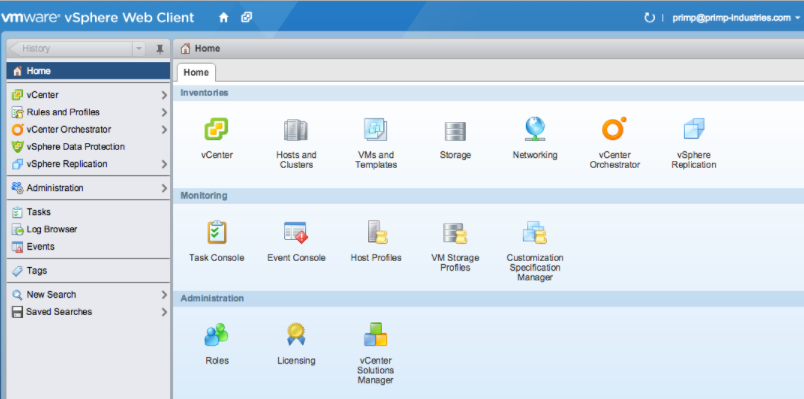A new study of 17 malware frameworks shows threat actors always use USB drives to sneak malware into air-gapped environments and then steal data from there.
A new ESET study of 17 malware frameworks that threat actors have used over the past decade to target air-gapped systems showed every one of them used a USB drive to introduce malware into the environment and extract data from there. The security vendor found that the best defense for organizations against attacks on air-gapped systems is to restrict USB use as much as possible and to monitor them closely in situations where the devices need to be used.
